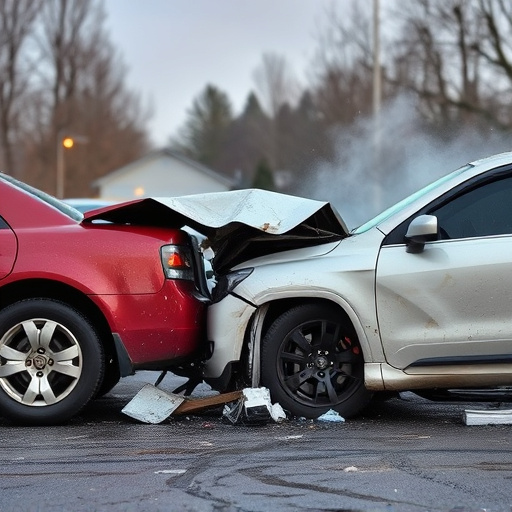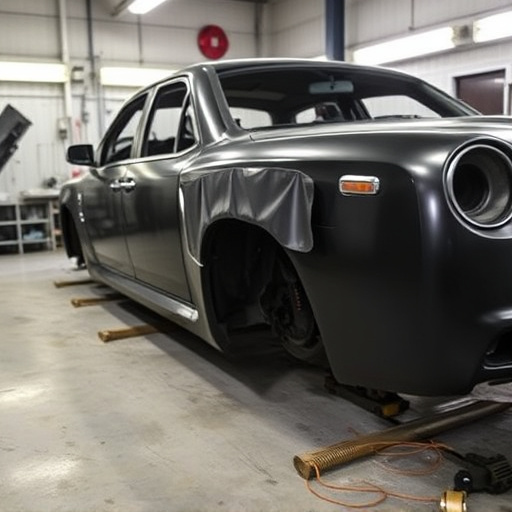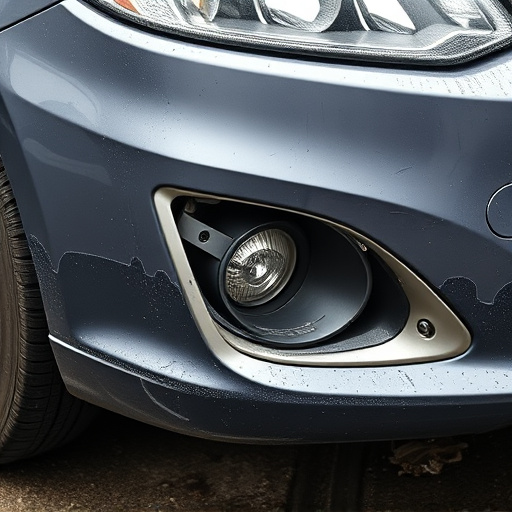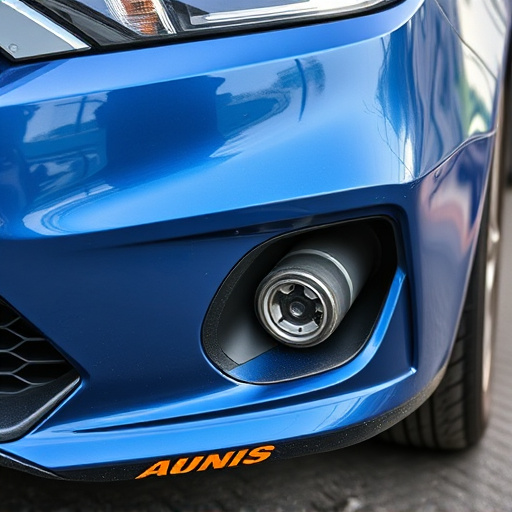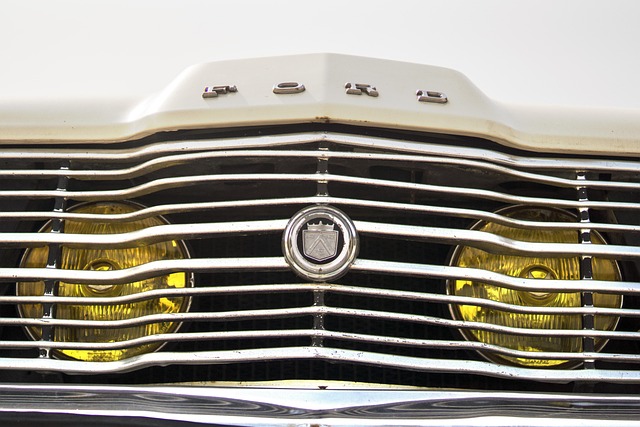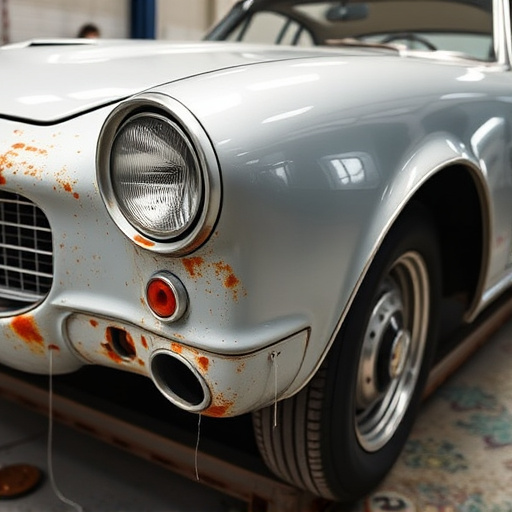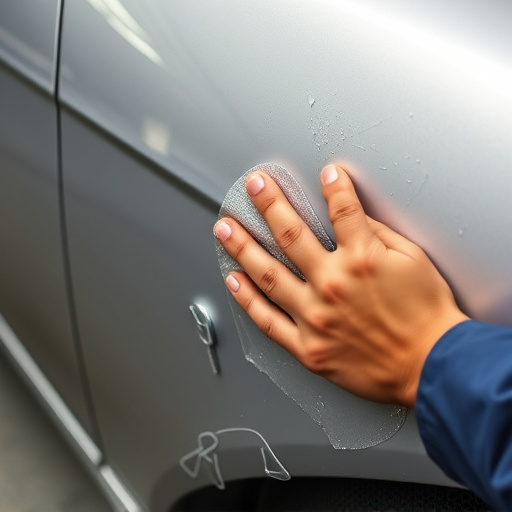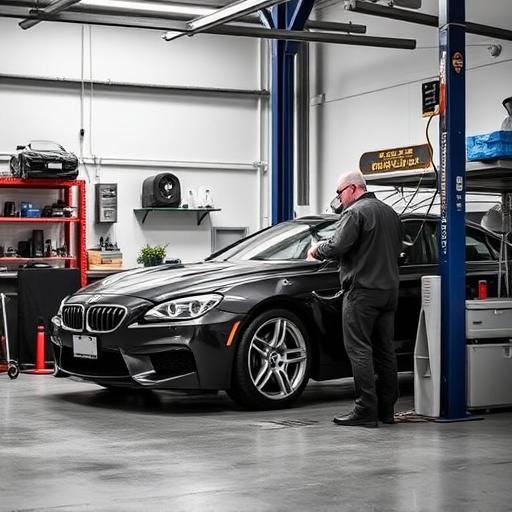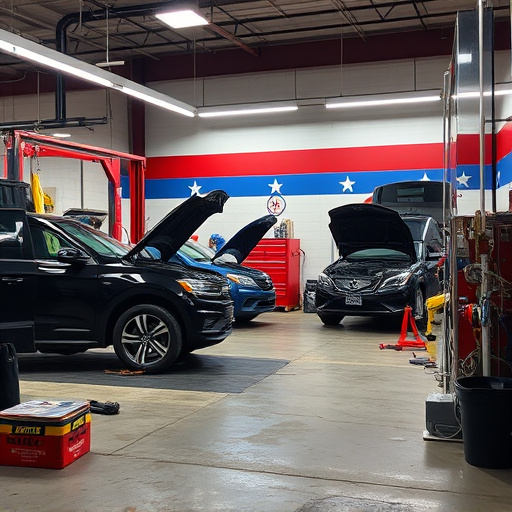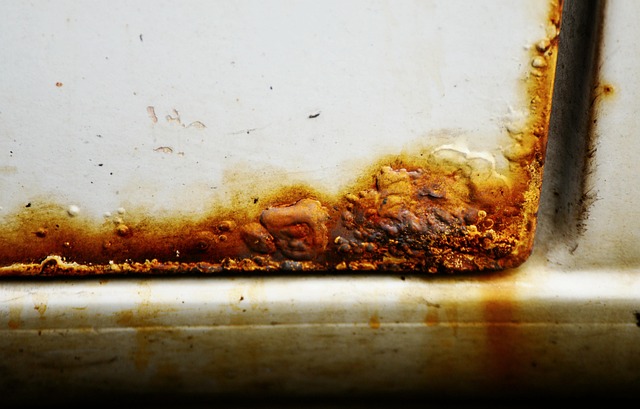A pre-delivery inspection is a critical step to ensure vehicle quality before ownership transfer, fostering transparency, facilitating communication with insurance providers, and safeguarding buyer investments. Effective communication regarding damages and claims during transit or storage is essential, involving detailed documentation and early engagement with auto body shops for repair estimates and claim guidance. Conducting thorough pre-delivery inspections minimizes post-delivery disputes, especially for luxury vehicles where even minor damage can impact resale value, emphasizing the importance of meticulous automotive body work.
Ensure a smooth transition with a comprehensive understanding of pre-delivery inspections (PDI). This crucial step in the delivery process identifies potential issues, safeguarding your investment. Learn how to navigate PDI procedures effectively and communicate damage or claims with insurance providers. Discover strategies to maximize coverage before handover, empowering you to protect your vehicle’s integrity.
- Understanding Pre-Delivery Inspection Procedures
- Communicating Damages and Claims with Insurance
- Maximizing Coverage Before Handover
Understanding Pre-Delivery Inspection Procedures
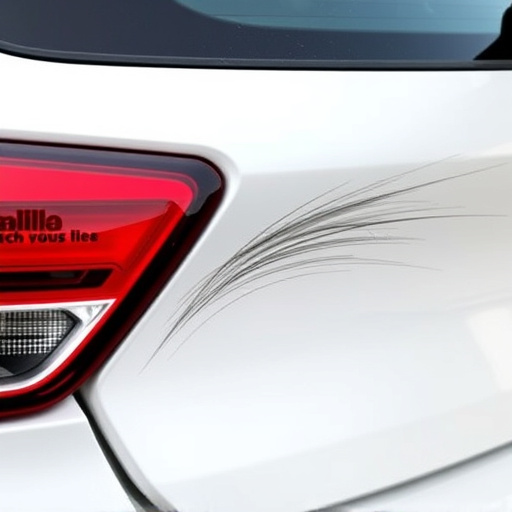
A pre-delivery inspection is a critical step in ensuring that vehicles, whether new or used, meet high standards before reaching their intended owners. This process involves a thorough examination of every component of the vehicle, focusing on both its functionality and aesthetic condition. During this inspection, detailed notes are taken to highlight any existing repairs, replacements, or alterations needed, providing an invaluable record for future reference.
In the context of purchasing a car, whether from a dealership or a private seller, it’s essential to understand that a pre-delivery inspection isn’t merely a formality but a means to safeguard your investment. It enables buyers to identify potential issues with the vehicle’s vehicle bodywork, such as dents, scratches, or signs of previous repairs, ensuring transparency and peace of mind. Moreover, this practice facilitates effective communication between buyers and insurance providers, especially when it comes to policy coverage and claims.
Communicating Damages and Claims with Insurance
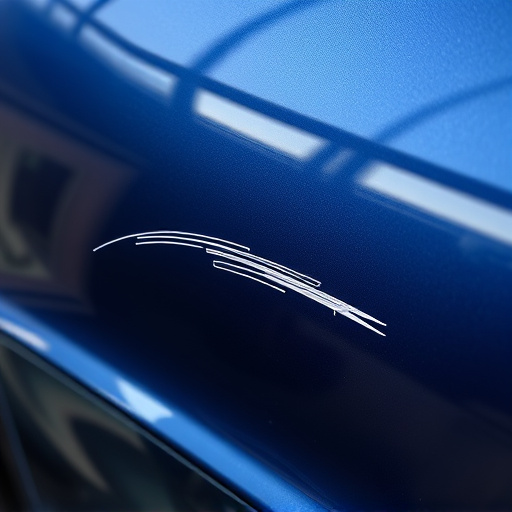
Effective communication is key when it comes to damages, claims, and pre-delivery inspections. If a vehicle sustains damage during transit or storage before delivery, it’s crucial to promptly notify both the seller and the insurance provider. The buyer should document any visible dents, scratches, or other issues through detailed photos and descriptions, treating these as evidence for potential claims.
Engaging with an auto body shop or luxury vehicle repair center early in this process can be beneficial. These professionals can assess the damage, provide estimates for repairs, and guide buyers on the necessary steps to file a claim. Clear communication ensures that everyone involved understands the extent of the damage, the proposed solutions, and any potential delays or additional costs associated with the repair process.
Maximizing Coverage Before Handover
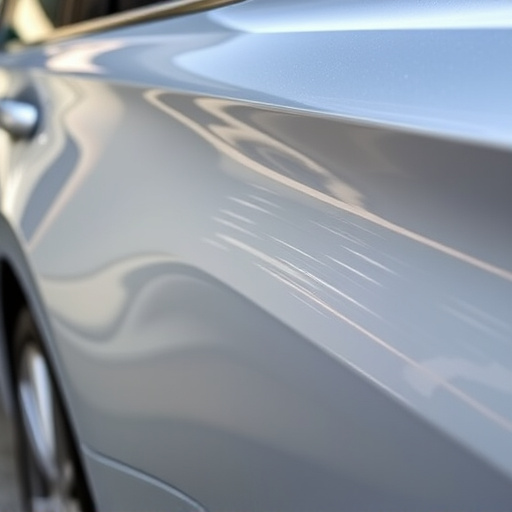
Before handing over a vehicle for delivery, conducting a thorough pre-delivery inspection is essential to ensure maximum coverage and minimize post-delivery claims. This process involves a meticulous review of every aspect of the car, from the exterior paint job to the interior condition, as well as checking for any signs of prior accidents or necessary repairs, including luxury vehicle repair or car dent repair.
A pre-delivery inspection allows both parties—the buyer and the seller—to communicate openly about the vehicle’s current state. By identifying potential issues beforehand, buyers can request specific repairs, ensuring they receive a vehicle in pristine condition. This step is especially crucial for high-value luxury vehicles where even minor dents or scratches can significantly impact their resale value, prompting the need for meticulous automotive body work.
A thorough pre-delivery inspection is not just a checklist; it’s a crucial step in safeguarding your investment. By understanding procedures, effectively communicating damages and claims with insurance providers, and maximizing coverage before handover, you ensure a smoother transition and protect yourself from unexpected costs. Remember, prevention is key, so take the time to thoroughly inspect and communicate – it could save you significant hassle down the line.

